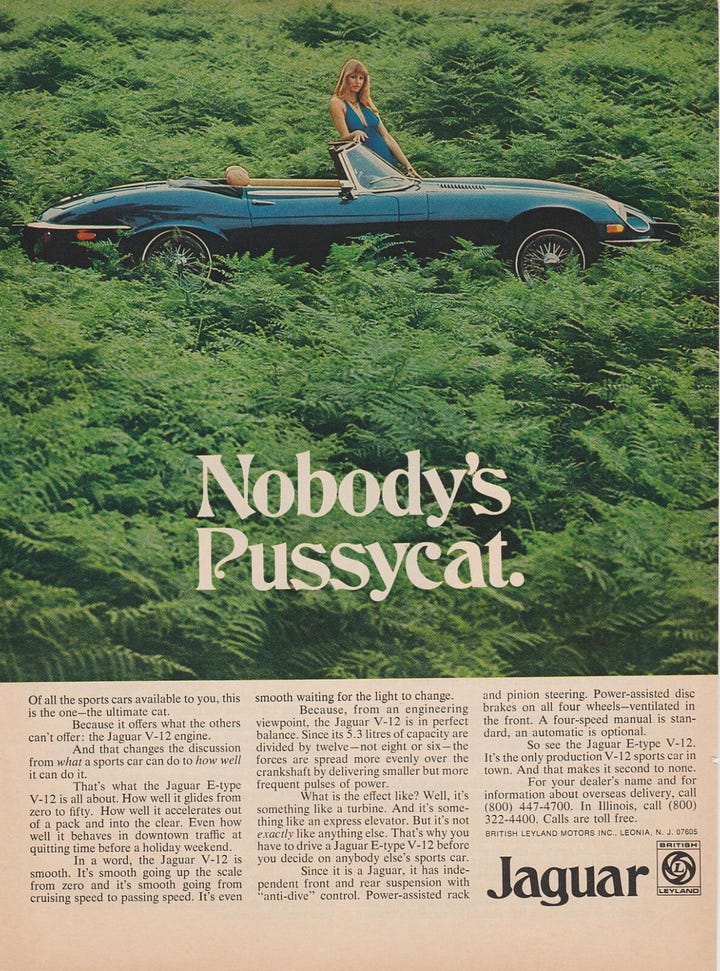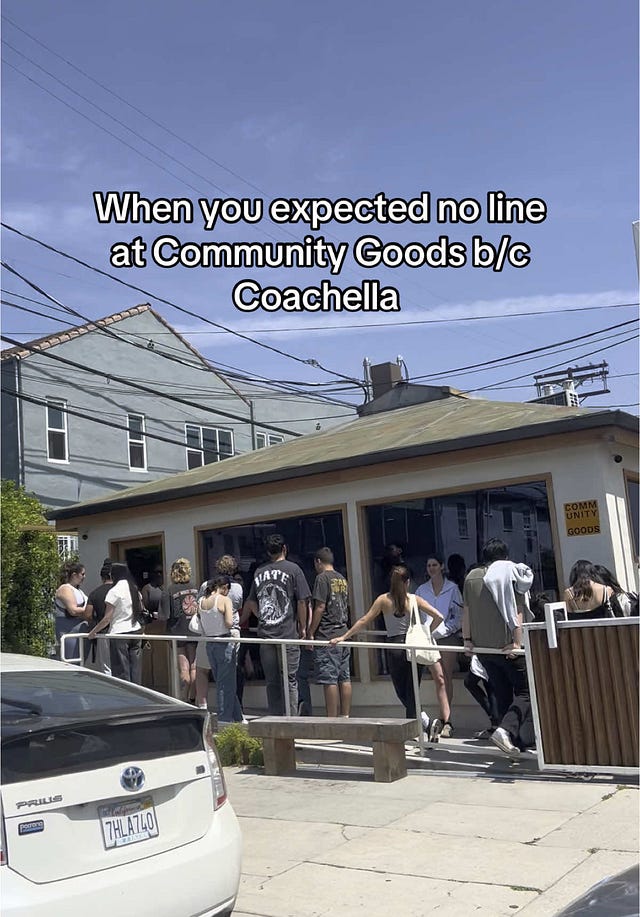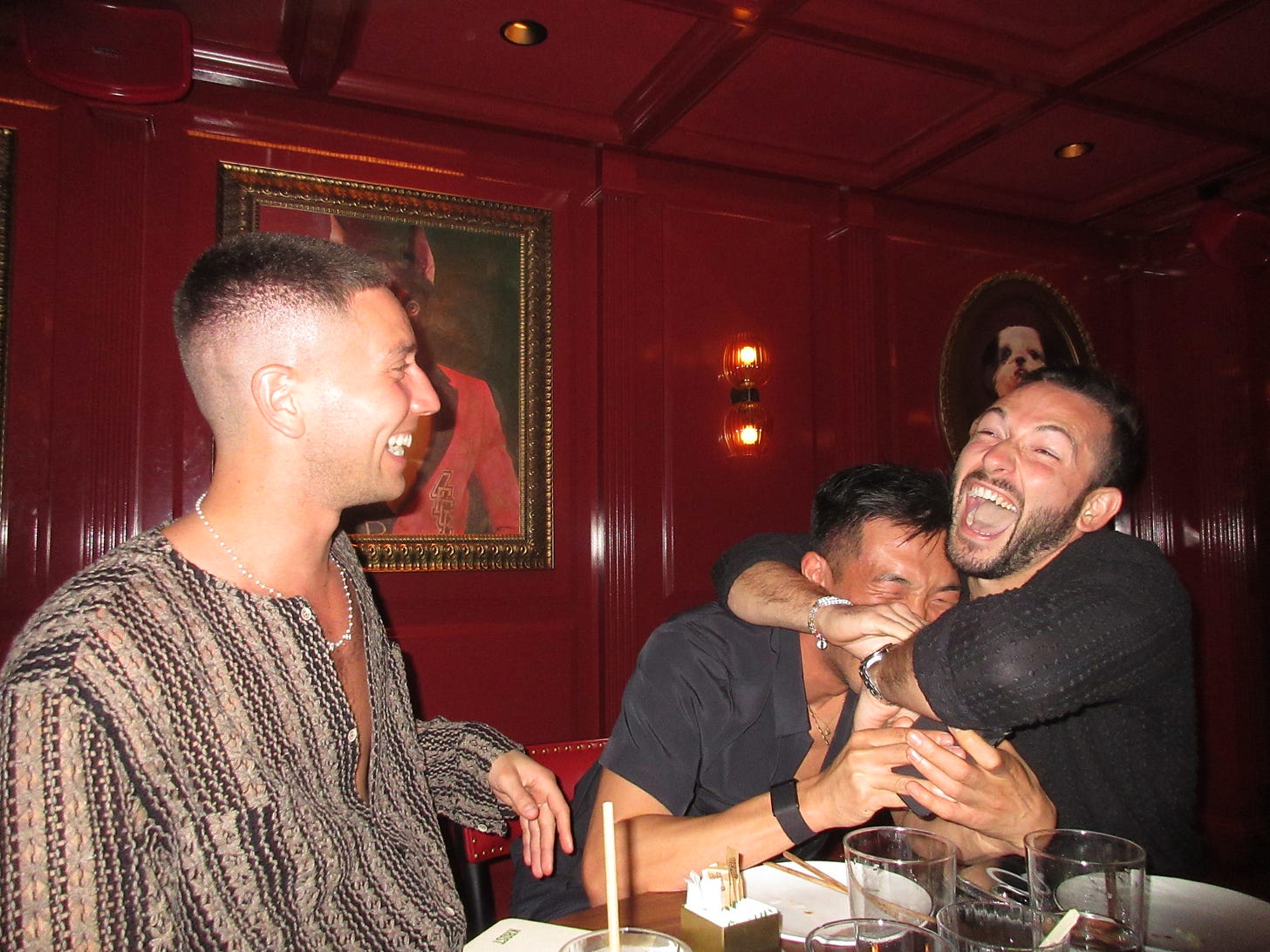Most brands confuse performance with identity.
They build to be seen, not to be understood.
So when the question of, “What’s our differentiator?” arises, what’s really being asked is, “What can we do to get noticed?”
It’s a fair question. Especially in crowded markets. Especially when growth stalls.
The instinct is to reach for novelty. For noise. For something loud enough to get people to look.
But chasing difference for its own sake is a race to nowhere.
Jony Ive said it best in a recent interview with Patrick Collison:
“You don’t need differentiation. You need meaning.”
That line, among many other bars in that interview, stuck with me.
Because it's not just a design insight. It’s a life insight.
Most brands try to stand out by being clever. Or louder. Or more extreme.
But before you ask how to stand out, you need to ask something far more difficult:
Who are we, really?
That sounds existential. It is.
Because the answer isn’t a tagline.
It’s not a color palette.
And it’s not even the product.
It’s the truth you return to when everything else is gone.
Clarity is magnetic.
It shows up in how you speak.
In what you prioritize.
Maybe most importantly…
In what you say no to.
Clarity builds trust.
And trust compounds.
You don’t need to be louder.
You need to connect with your truth.
Because meaning precedes difference.
Infact, meaning is difference.
That’s how a white tee becomes iconic, when it’s Skims. Not just fabric, but a form-fitting signal: you’re body-aware, brand-literate, and plugged into modern femininity.
 Tiktok failed to load.
Tiktok failed to load.Enable 3rd party cookies or use another browser
That’s how a matcha selfie becomes a flex, when it’s from Community Goods. It’s not about caffeine or antioxidants. It’s about showing you don’t do Starbucks. You do taste. You do curation. You know where to be, and why it matters.
 Tiktok failed to load.
Tiktok failed to load.Enable 3rd party cookies or use another browser
That’s how a black hat with two words, Don’t Die, becomes a manifesto. Not because you agree with Brian Johnson. You probably don’t. That’s the point. It’s optimized-to-death belief. Polarizing, obsessive, absolute. A truth that pisses people off.
 Tiktok failed to load.
Tiktok failed to load.Enable 3rd party cookies or use another browser
None of these signals are about product alone (they’re actually rarely about product at all).
They’re not different by invention.
They’re meaningful by association–rooted in story, timing, taste, and restraint.
And the inverse is just as telling.
Look at Jaguar.
A brand with decades of meaning: elegance, speed, precision.


Then came a full rebrand that stripped away all identity in search of something... “modern.”
What’s left is unclear.
It’s not different.
It’s alienating, and then it’s forgettable.
It’s a cautionary tale of what happens when you chase “new” without anchoring in your truth.
Novelty wins attention.
But it rarely keeps it.
At best, it’s a meme.
At worst, a death spiral.
Meaning is what sticks.
It’s what people return to.
It’s what earns a place in culture, and stays there.
Truth and meaning are how you separate signal from noise.
If you strip away your product, your visuals, your hype, and there’s nothing left, you didn’t build a brand.
You created nice packaging.
But if you pivot your product entirely, or remove it altogether, and your message still holds?
Now that’s signal.
That’s brand.
Rosaluna was never really about mezcal
It was about igniting friendship.
About pulling up more chairs at the end of a long, meandering dinner.
That feeling–that energy–that’s what people felt.
The bottle was just the vessel.
Because in the end, brands, like people, are remembered not for how different they were…
but for how deeply they meant something.
That’s what we’re really after.
Not just noise.
Not just clever.
Resonance.
Substance.
Something that lasts.
Because at the end of the day,
meaning is what lasts…and that’s what builds belief.









